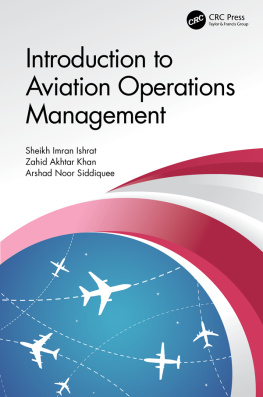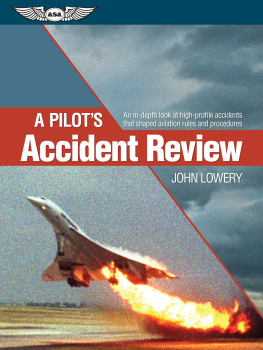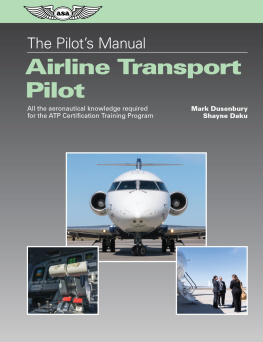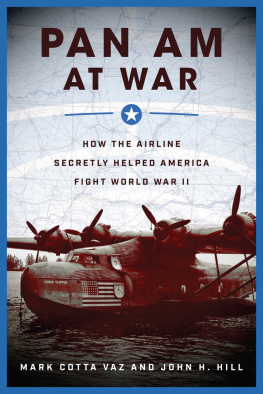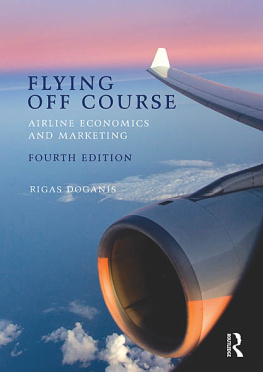What Went Wrong
W hat W ent W rong
Twenty Years of Airline Accidents (1996 to 2015)
Graham Deighton
Austin Macauley Publishers
2021-01-08
Disclaimer
Factual information contained in this book has been obtained from official safety reports and other similar sources believed to be reliable. However, neither the publisher nor the author guarantees the accuracy or completeness of any information published herein, and neither publisher nor author shall be responsible for any errors, omissions, or damages arising out of the use of this information. Third-party opinions and suppositions, over variable periods of time, are also included to lend background and context to the subject matter, but do not necessarily represent the view of the publisher or author. This work is published with the understanding that the publisher and its author are supplying information only and not attempting to render a professional service or to draw their own conclusions. If such service is required, the assistance of an appropriate professional should be sought.
Preface
Airline accidents through their investigative identification and resultant regulation of perceived and verified shortcomings, without the apportionment of blame or the assessment of an individuals or a collectives responsibility have helped to shape and reshape aviation from its tragic depths, into one of todays safest forms of public travel.
This book, chapter by chapter, examines for the everyday person and aficionado alike, some of the most defining and occasionally unique recent accidents, which have contributed towards this ultimate endeavour.
Introduction
The first plane crash came a mere five years after the first powered flight by the Wright brothers in 1903. Pioneering pilot Orville Wright was severely injured at this Fort Myers, Virginia, accident and his passenger, Lieutenant Thomas Selfridge became the first-ever powered-aircraft fatality, prompting the question, What went wrong? for the first time in the history of aviation.
Over the ensuing century, as air travel progressively increased into thousands of daily flights carrying millions of people to and from every corner of the globe, diverse and complex accidents also evolved and multiplied, in tandem. The industry reacted to these predominantly unpredictable incidents with innovative technological developments, which at the time seemed to come straight from science fiction and new and revised regulatory enforcements. But although their endeavours have undoubtedly made aviation much safer and more reliable, original and sometimes familiar types of accidents still regularly befall the industry.
In this book we examine, in chronological order, eleven different disasters, chapter by chapter, through the same background, events and analytical format of the official investigation to determine their specific pivotal causal facet. These typically range from the historical leader, pilot error, either deliberate or unintentional, followed by mechanical or technical faults and then to a lesser extent, other human failures, such as those perpetrated by air traffic controllers and engineers. However, aircraft accidents are not usually restricted to a single main cause but are a culmination of several failures, events or missed opportunities. Therefore, we further explore and dissect other direct and indirect contributing factors, such as adverse weather or pilot fatigue, and evaluate their varying degrees of influence, even the few benign cases, to unearth each accidents complete damaging and unchecked preceding chain of events.
Having, thus, shown how an individual accident occurred, ergo what happened, we then consider the equally vital issue of why it happened and finish by acknowledging the incident-inspired technological advancements and regulatory directives contribution to aviations perpetually evolving and improving standards.
Along the way, we also take a look at some eye-opening media revelations such as those that spotlighted conflicts within Colgan Air Flight 3407 and various suppositions regarding the fate of the Malaysian Airlines Flight MH370, which to date still hasnt been found, to public disputes over official findings, such as with American Airlines Flight 587, the diplomatic controversy that surrounded Egypt Air Flight 990 and even the occasionally promoted conspiracy theories, similar to those associated with the mid-air explosion of TWA Flight 800.
It is sincerely hoped that the reader finds this book, which can be read in full or by selected chapters, informative and enlightening and is ultimately reassured by the diligent and relentless work carried out by the regulatory authorities, manufacturers and airlines to make their air travel, whether it be for business or leisure, as safe as possible.
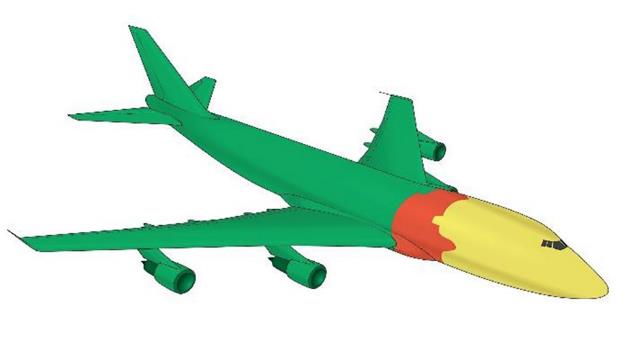
C:\Users\Admin\Contacts\Desktop\Graham Deighton final amendment 4092020 - Copy_Page_023_Image_0001.jpg
Figure 1.3 Aircraft colour-coded sections to indicate their corresponding debris fields
The red, and largest of the three debris zones, was located closest to JFK Airport (farthest west) and contained debris that had practically disintegrated, from the aft end of the forward cargo compartment to the forward end of the wing centre section. We shall refer to this area as the forward section of the central fuselage. These pieces of wreckage exhibited no or very little, compared to pieces recovered from the yellow and green zones, crushing damage caused by the impact with the ocean and none contained significant soot deposits or any other evidence of exposure to fire.
The yellow zone was contained within the red zone, on its north-eastern side, and was the smallest of the three. This zone contained relatively large pieces of nearly all the forward fuselage, which exhibited some sea impact damage but no evidence of soot deposits, fire or heat damage. Also, no evidence of any foreign-object impact with the cockpit window was discovered.
The green debris zone was the farthest east from JFK Airport and the other zones. Most of the aircraft wreckage was recovered from this zone and included the aft and centre fuselage, the majority of both wings, which were found broken but in rather large pieces, all four engines which had separated from the wings, and most of the wing centre section including the centre fuel tank, also known as the centre (wing) fuel tank (see Figure 1.5), which would become a very important piece of evidence as the investigation developed. Examination of the green zone wreckage found some pieces exhibited heavy soot deposits with fire and heat damage. This was particularly severe on a right-sided section of the fuselage, which despite the force experienced had remained attached to the inboard section and the top surface of the right-wing and the fuselage around the third cabin door (R3 door) located over the right-wing. This cabin door had in fact separated from the fuselage and as a consequence exhibited soot deposits on both its inside and outside surfaces with areas of melted-through aluminium.
The investigation team decided to reconstruct, in the Calverton hanger, a ninety-three-foot-long three-dimensional centre section of the aircrafts fuselage, which incorporated the wing centre section including the centre (wing) fuel tank, from the green zone and the forward red zone section. According to Boeing, the wing centre section supports and carries the wings bending forces during the flight and the keel beam, which is attached to the wing centre section and provides longitudinal strength to the aeroplane. The centre (wing) fuel tank occupies most of the wing centre section, which is situated below the cabin floor in between the wings and above the air conditioning equipment.


